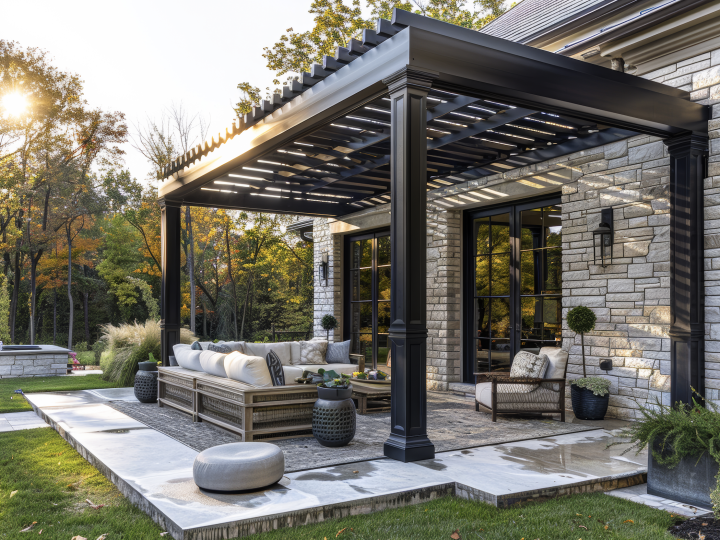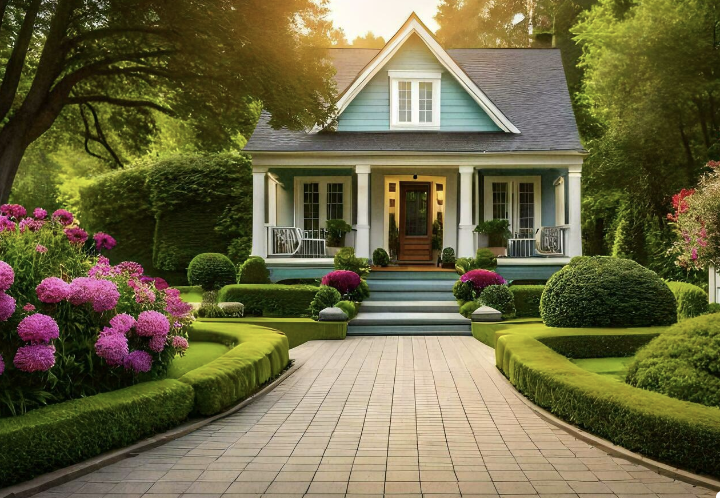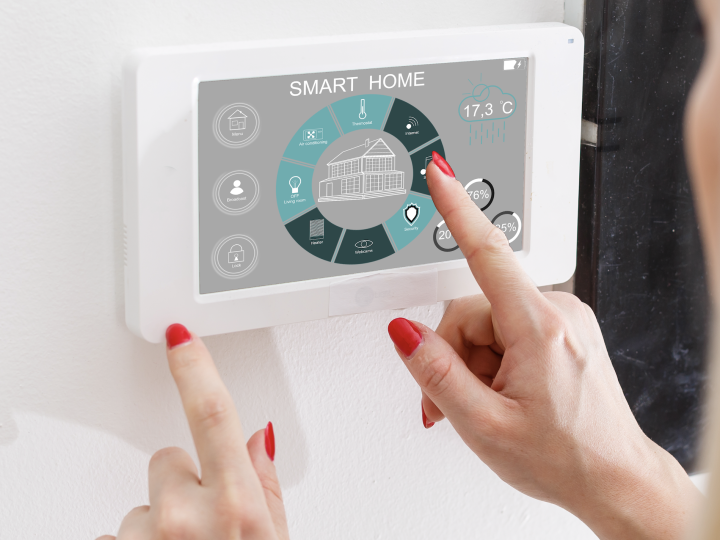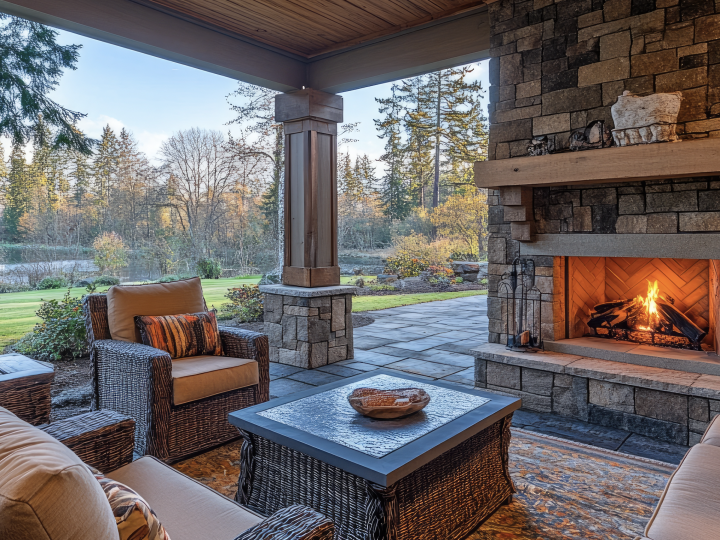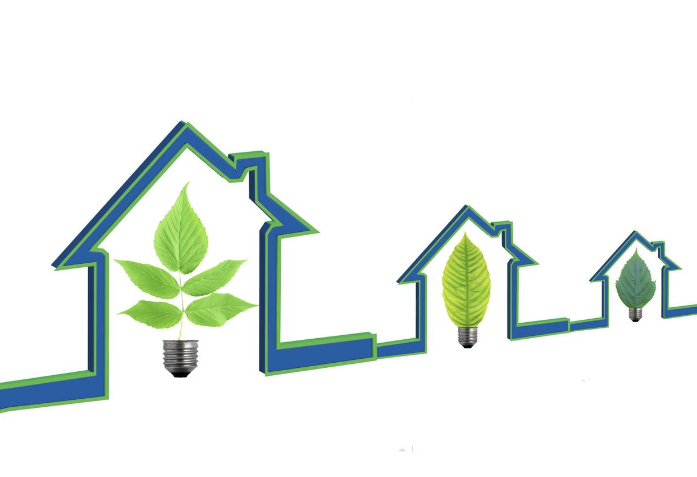
Building a custom home allows you to tailor every aspect of the design to your preferences, but one of the most valuable benefits is the ability to improve energy efficiency. In North Texas, where hot summers and mild winters can lead to fluctuating energy costs, designing a home with energy efficiency in mind can save you significant money over time.
At Jack Steed Homes, we specialize in creating custom homes that not only meet your design preferences but also optimize energy performance. Here’s how building a custom home can improve energy efficiency and help you save money long-term.
1. Tailored Insulation Solutions
One of the biggest factors in energy efficiency is the quality and placement of insulation throughout your home. A custom home allows you to choose insulation that best suits the climate in North Texas.
Properly insulated walls, attics, and even floors help regulate your home’s temperature, reducing the need for excessive heating in the winter and cooling in the summer. High-quality insulation materials like spray foam or blown-in insulation can significantly reduce energy waste by sealing off air leaks and preventing drafts.
When your home maintains a steady temperature more easily, your HVAC system doesn’t have to work as hard, resulting in lower utility bills.
2. Energy-Efficient Windows and Doors
Custom homes provide the opportunity to install energy-efficient windows and doors that help maintain indoor comfort while cutting down on energy loss. In traditional homes, outdated or poorly sealed windows can be a major source of heat gain during the summer and heat loss during the winter.
By opting for windows with double or triple-pane glass and low-E coatings, you can block UV rays and improve insulation. Pairing these windows with energy-efficient doors can further reduce the strain on your HVAC system.
At Jack Steed Homes, we recommend incorporating windows and doors that meet Energy Star standards to ensure optimal energy savings for years to come.
3. Smart HVAC Systems
When designing a custom home, you can install a smart HVAC system that is both efficient and responsive. Modern heating and cooling systems, particularly those with zoned heating and cooling, allow you to control temperatures in individual rooms or areas of the home. This means you can cool only the rooms you’re using instead of wasting energy on the entire house.
Incorporating a smart thermostat adds an additional layer of efficiency. These systems learn your habits and preferences, automatically adjusting the temperature to optimize energy use. For example, the system can reduce heating or cooling when you’re not home, leading to significant savings on your energy bills.
4. Solar Power Options
If you’re looking to maximize energy efficiency and reduce reliance on traditional energy sources, consider incorporating solar panels into your custom home design. Solar energy is a renewable resource that can significantly reduce your electricity bills over time.
In sunny regions like North Texas, solar panels can generate enough electricity to power much of your home, especially when paired with energy-efficient appliances and systems. While there’s an upfront investment, the long-term savings from reduced utility bills and potential tax incentives make solar a smart financial choice.
5. High-Efficiency Appliances and Lighting
Custom homes offer the flexibility to choose energy-efficient appliances and lighting options from the start, rather than retrofitting an existing home later. Choosing Energy Star-rated appliances for your kitchen, laundry room, and other areas can drastically reduce your home’s overall energy consumption.
Additionally, installing LED lighting throughout the home provides a more energy-efficient alternative to traditional incandescent bulbs. LEDs use less electricity and last much longer, meaning you’ll save on both energy costs and replacement expenses.
6. Sustainable Building Materials
Another way custom homes can improve energy efficiency is through the use of sustainable building materials. For example, materials like reclaimed wood, bamboo, and recycled steel are not only eco-friendly but can also contribute to better insulation and indoor air quality.
By using materials that are sourced locally or designed for energy efficiency, you can reduce the environmental footprint of your home while saving on energy bills. Sustainable materials also tend to last longer and require less maintenance, providing even more value over the long term.
7. Water Efficiency for Lower Utility Costs
Incorporating water-efficient fixtures into your custom home design can also help you save money on utility costs. Low-flow faucets, showerheads, and toilets reduce water usage without sacrificing performance. In addition, installing a rainwater harvesting system can help you capture and reuse water for irrigation, further reducing your water bill.
In North Texas, where water conservation is becoming increasingly important, designing a home with water efficiency in mind not only saves you money but also benefits the local environment.
When building a custom home, energy efficiency isn’t just a feature—it’s an investment in long-term savings and sustainability. From insulation and smart HVAC systems to solar power and energy-efficient appliances, each design decision you make can reduce your energy costs while creating a more comfortable living environment.
At Jack Steed Homes, we understand that energy efficiency is a top priority for homeowners in Whitesboro, Texas, and the surrounding North Texas region. Our team is dedicated to helping you design a custom home that not only reflects your style but also maximizes energy savings. Contact us today to learn more about how we can help you build an energy-efficient home that saves you money for years to come.

